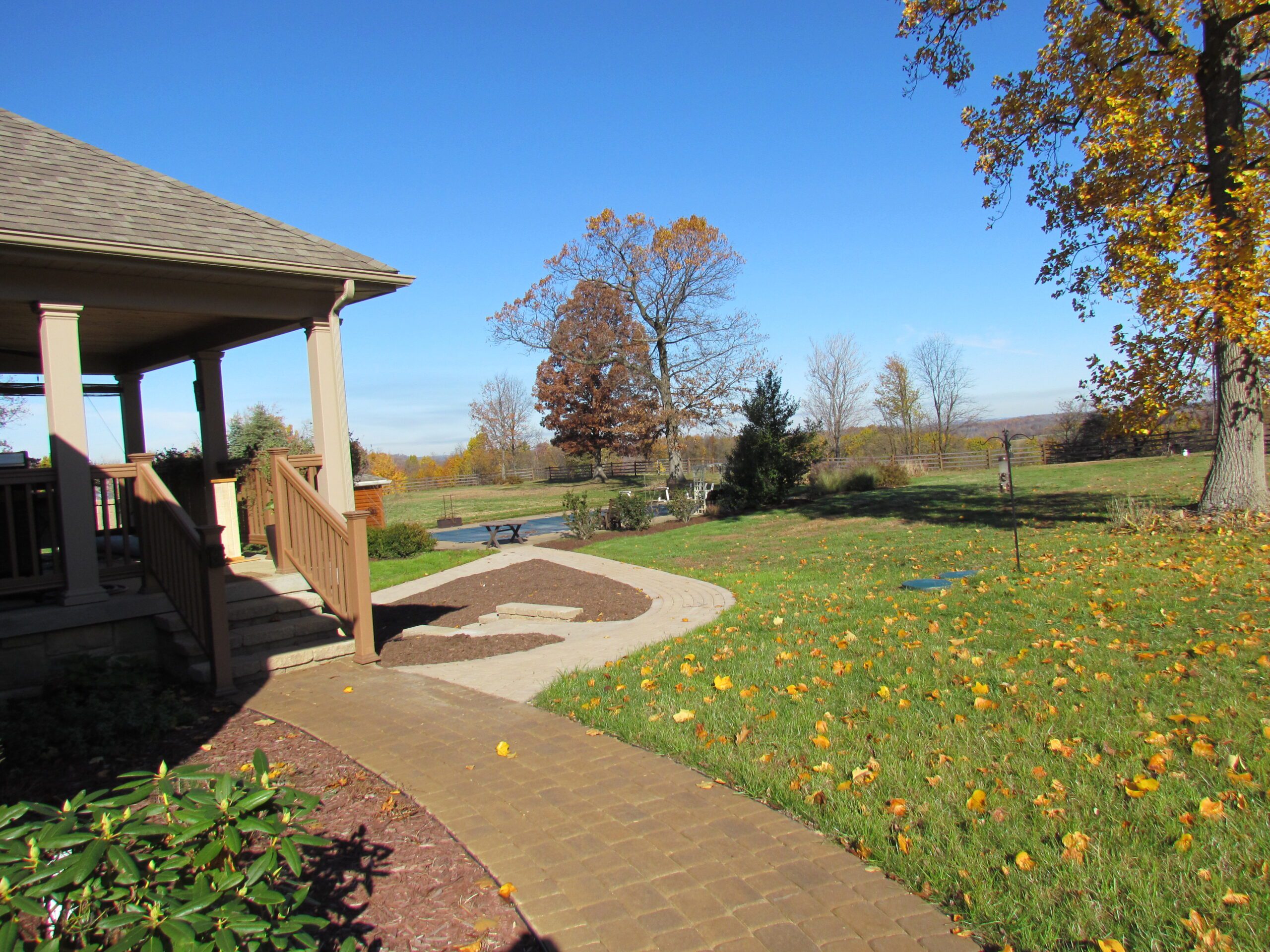Approximately 210 million Americans don’t have access to high speed internet, according to MicroSoft Corp.
I’m one of them.
I split my time between my water-front home on Florida’s Forgotten Coast and my husband’s ranch at the top of a ridge in Pennsylvania’s Laurel Highlands. Neither home has access to high speed internet.
It is so frustrating!
The government claims that if just one household or business within a census block area has high speed access then everyone in that census block does. That is untrue. The government admits they don’t know how to determine who does and who doesn’t have access; so they hide behind the census block idea.
This issue is called the Data Divide and it’s been going on for a long time.
The Data Divide is just one of many ways media companies and politicians divide us. This time it’s urban vs rural. But there is another data divide within the urban areas, which is the haves and the have nots. The have nots are the urban poor that have access but can’t afford it.
Two very different groups of people; the same problem, but different solutions needed. One is about building infrastructure access, the other about making it affordable.
The Data Divide was a huge problem during Covid. Millions of rural and inner city school age children and college students were unable to continue their education when schools closed because they had no reliable access to online teaching during the pandemic. There was either spotty WiFi, slow dial up speeds, iffy satellite access, or no access to anything.
If you’ve ever been in a rural area, perhaps hiking or boating or camping, and got frustrated because there wasn’t a signal for your cell phone, imagine living with that frustration every day.
At my husband’s ranch the cables that could provide us service stop just a couple of miles from the mile-long lane that leads to our house. At our beach home in Florida the broadband cables run along route 30A past the entrance to our house, but the service doesn’t come into our property.
It is aggravating to know the service potential is so close, yet the broadband companies won’t extend it to where we live because, as we’ve been told, “the cost to do it is just too high to reach only one, or a few, new customers.”
In 2004 President Bush called for affordable high-speed internet access for all Americans by 2007.
In 2010 President Obama implemented the National Broadband Plan as part of his American Recovery and Reinvestment Act to get high speed internet to rural America.
In 2011 the FCC launched the Connect America Fund. When that failed the Alternative Connect America Cost Model was developed in 2016 to study the situation.
In 2019 President Trump created the Rural Digital Opportunity Fund that was to roll out in 2020, finally getting high speed internet to rural America.
Those programs have already given a total of $40 billion of taxpayers’ money to Xfinity/Comcast, ATT, Verizon, Charter, Mediacom, Century Link and others to remedy this problem and cover their costs to get it done. But it hasn’t happened yet! Their claims that it cost too much to justify doing it are baseless; they were given the money by the government. It costs them nothing.
In December of 2020 the FCC awarded Elon Musk, the second wealthiest person in the U.S., $886 million for his SpaceX company to provide high broadband speeds through his Starlink service to 642,925 locations across 35 states. Wait times have now been pushed out to late 2022 or early 2023 before anything gets started. Another delaying tactic.
On November 15, 2021 Congress passed the $1 Trillion Infrastructure spending bill that includes high speed internet as an essential infrastructure item, like roads and bridges. A section of that bill is called “Build Back Better in Rural America”. It allocates $65 billion to get high speed internet delivered to rural areas.
That’s another $65 billion on top of the $40 Billion already given to broadband providers. 17 years and it hasn’t happened yet.
Which is why I am astounded that anyone believes it’s going to happen this time. Neither Republican nor Democrat administrations have ever followed through on this promise. Although they do give out the money! They just don’t check to see if it’s being spent for the purpose intended.
But I suspect that generous amounts of it will make its way through lobbiests and Super Pac donations back into the re-election campaigns of the congressmen who voted for it. The times when campaign promises were actually kept are long in the past.
“Politics is the art of looking for trouble, finding it everywhere, diagnosing it incorrectly, and applying the wrong remedies.”
Groucho Marx
If you enjoyed this blog and know someone else who would enjoy it, please share it.

